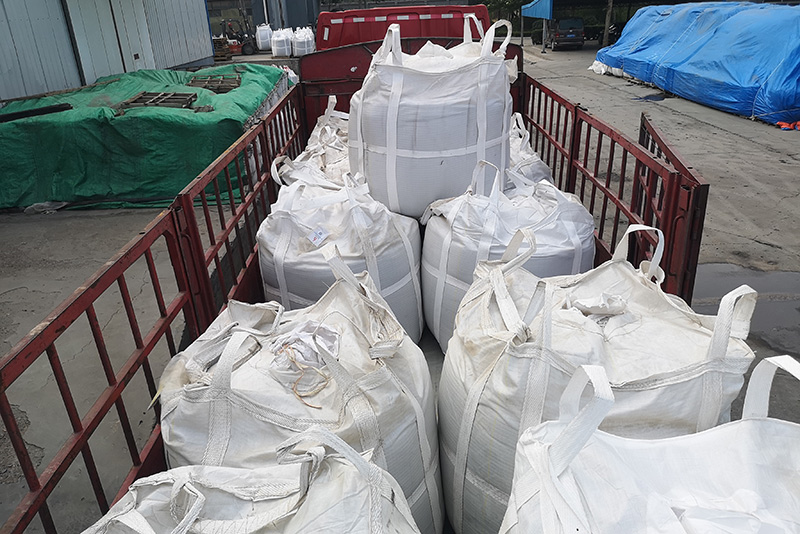The Role of Resin-Coated Frac Sand in Hydraulic Fracturing
Hydraulic fracturing, often referred to as fracking, has revolutionized the oil and gas industry by unlocking vast reserves of hydrocarbons previously deemed unrecoverable. One of the critical components of this process is frac sand, which is mixed with water and chemicals to create a high-pressure slurry that fractures rock formations, allowing oil and gas to flow more freely. Among the various types of frac sand, resin-coated frac sand has gained significant attention due to its unique properties and benefits.
The Role of Resin-Coated Frac Sand in Hydraulic Fracturing
Another significant benefit of resin-coated frac sand is its reduced fines generation. In traditional frac sand operations, the high pressure can cause some sand grains to break apart, creating fines that can clog the fractures and impede the flow of hydrocarbons. The resin coating helps to minimize this breakdown, maintaining optimal porosity and permeability within the fracture network. As a result, operators can achieve higher production rates and improved recovery efficiency from wells utilizing resin-coated frac sand.
resin coated frac sand

Moreover, the resin coating can be tailored to meet specific reservoir conditions, allowing for customization based on the unique geological and chemical environment of each drilling site. This adaptability makes resin-coated frac sand a versatile choice for various applications, enhancing overall operational effectiveness and reducing the likelihood of issues such as sand bridging and fracturing fluid loss.
From an economic perspective, the use of resin-coated frac sand can lead to substantial cost savings for operators. By improving well productivity and reducing maintenance issues related to sand production, companies can achieve a more favorable return on investment. Additionally, the reliability and effectiveness of resin-coated sand contribute to a smoother drilling process, allowing for quicker turnaround times and enhanced project efficiencies.
In conclusion, resin-coated frac sand plays a vital role in the evolving landscape of hydraulic fracturing. Its durability, reduced fines generation, and adaptability to specific reservoir conditions provide significant advantages over traditional frac sand. As the demand for energy continues to grow, the utilization of resin-coated frac sand will likely become increasingly prevalent, paving the way for more efficient and effective extraction methods in the oil and gas industry.
Post time:Lùna . 31, 2024 04:29
Next:3d sand printer price
